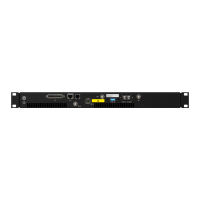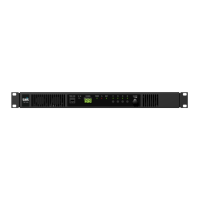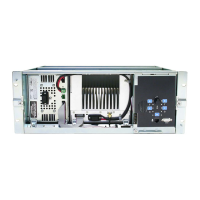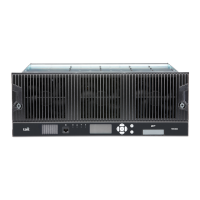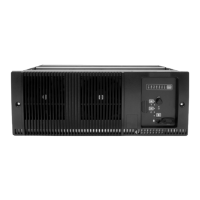22 Description TB7300 Installation and Operation Manual
© Tait International Limited December 2022
1.6.1 Signal Paths
The following figures provide an overview of signal paths within the
control boards for both software applications:
P25 Digital P25 signals from the receive RF interface pass through the digital
receiver and P25 modem to the control software in the control processor.
The control software passes the signal through the Ethernet interface to the
site controller, to the console gateway (conventional networks), or for a
satellite, to the central voter in a simulcast system.
Input to the Ethernet interface can be from the site controller, from the
console gateway (conventional networks), or from the central voter in a
simulcast system. These inputs are processed by the control processor and
passed through the P25 modem to the transmitter. If the base station is itself
a central voter, this input can also be a received signal, which is voted on
and sent back through the Ethernet interface to the site controller.
DMR Input to the Ethernet interface is from the node controller. This input is
processed by the CPU and passed through the DMR modem to the
transmitter.
MPT Analog FM signals from the receive RF interface pass through the digital
receiver and are converted to G.711 before being modulated and
retransmitted.
1.6.2 Online and Offline Modes
The base station normally operates in Online mode, but you can put it into
Offline mode via its web interface.
Figure 1.2 Control board signal paths
